The turquoise waters of the southeastern part of Arabian Sea, named Laccadive Sea, gently embrace silvery, palm-fringed beaches. Spectacular sunrises and sunsets unfold just a turn of the head away from a quaint wooden cottage. Playful dolphins and turtles curiously accompany boats, creating delightful encounters for snorkelers exploring the vibrant marine life in coral reefs and lagoons. While a trip to Lakshadweep shares similarities with the Maldives, its allure is heightened by its relatively unexplored charm.
Our Lakshadweep Travel Guide will provide you all the information, from the geographical attractions in the islands to the practical information like inter island ferry routes and the procedure of obtaining the Lakshadweep Entry Permit, to enjoy a lifetime experience of touring India’s premier tropical paradise— Lakshadweep Islands.
Unique Geophysical Features of Lakshadweep Archipelago:
Situated 200 to 440 kilometers off India’s southwestern Malabar coast, the Lakshadweep Archipelago is a tropical paradise consisting of 12 atolls, three coral reefs, and five submerged banks. This smallest Union Territory of India encompasses 11 inhabited and 16 uninhabited islands with attached islets.
What sets Lakshadweep apart is its formation atop the vast undersea Lakshadweep-Chagos Ridge. Unlike volcanic or continental islands, these islands are primarily coral atolls and reefs built over time by coral polyps expanding upon the submerged ridge. This process has created stunning atolls and reefs, shaping the unique landscapes of the archipelago.
Spanning about 32 square kilometers across 37 islands, Lakshadweep features pristine white sandy shores made from eroded coral exoskeletons. The shallow, turquoise lagoons enclosed by coral reefs cover approximately 700 square kilometers, boasting intricate and expansive underwater ecosystems.
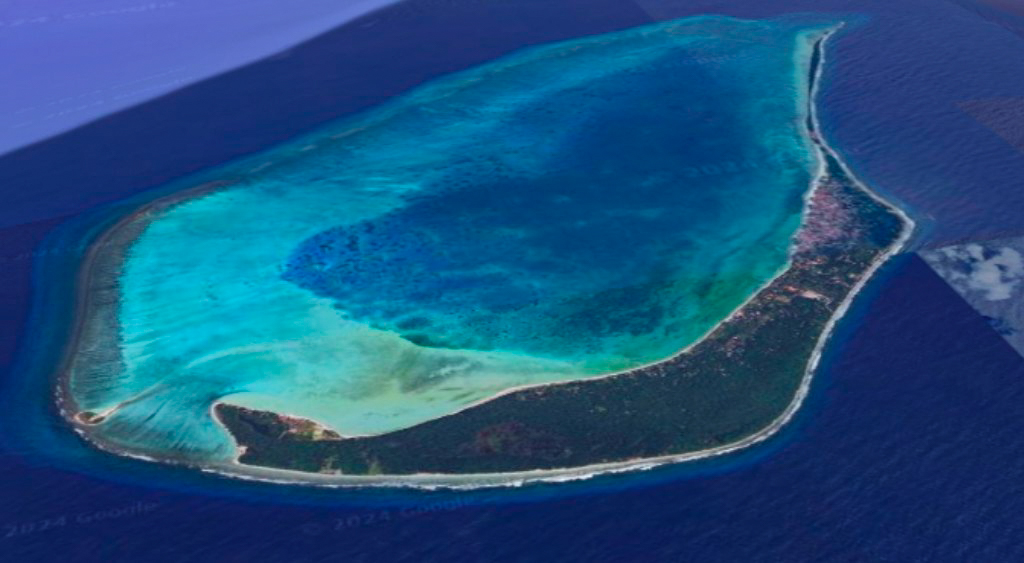
Moreover the islands’ permeable soils, consisting of coral and lagoonal sands efficiently absorb rainfall, preventing excessive run-off and facilitating lush vegetation.
Lakshadweep’s unique geophysical features make it a haven for activities like beachcombing, snorkeling, scuba diving, island hopping, sandbar visits, and kayaking. The rich cultural heritage, influenced by Indian, Arab, and indigenous traditions, adds a fascinating dimension to the tourist experience.
Sponsored
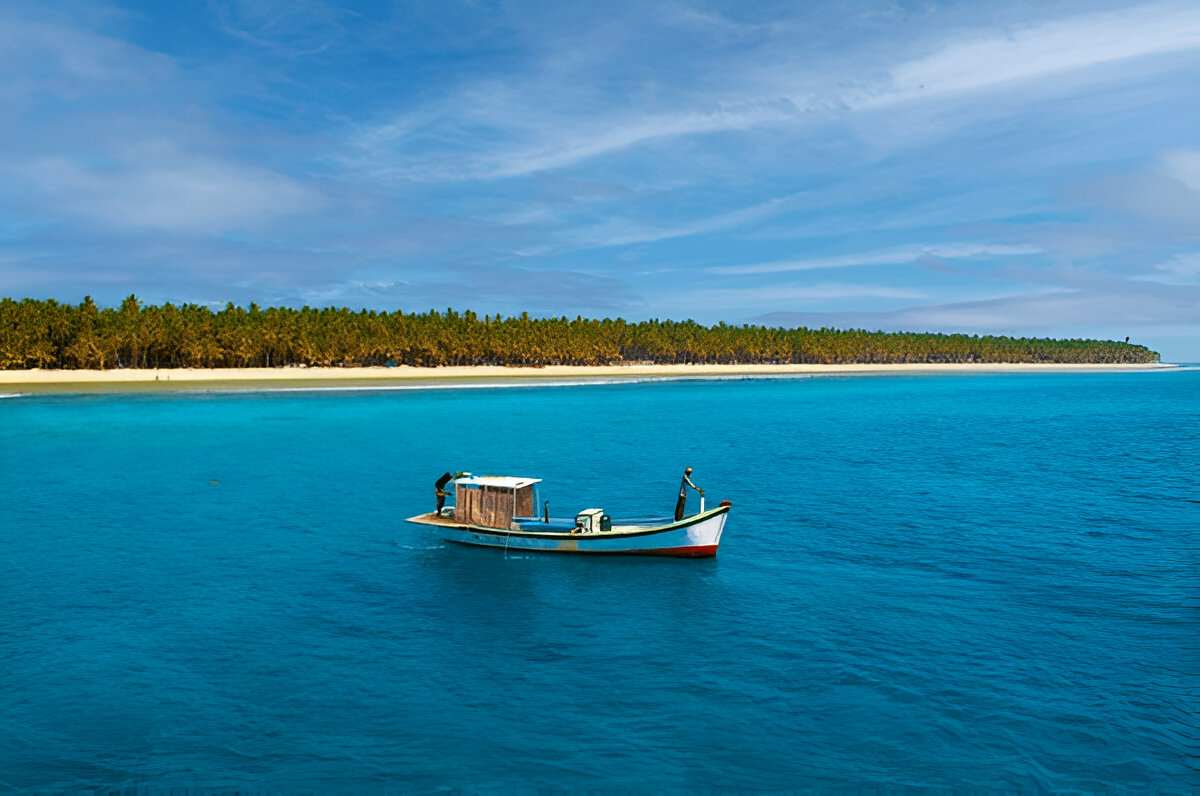
Experience the allure of Lakshadweep with SetMyTrip for curated travel packages, detailed itineraries, reasonable pricings and unmatched services to plan your tropical adventure!
Lakshadweep Packages! 30 % Off
How to Reach Lakshadweep
Touch down into tranquility at Agatti Airport, where the serene blend of ocean blues and verdant landscapes creates an enchanting welcome.
Inter-Island Travel Guide for Lakshadweep
High-Speed Crafts (HSC):
- HSC Black Marlin: Agatti, Bitra, Chetlat, Kiltan, Kadmat.
- M.V Parali: Kadmat, Kalpeni, Androth.
- HSC SkipJack: Kavaratti, Amini, Kadmat, Agatti, back to Kavaratti.
- HSC Blue Marlin: Kavaratti, Agatti, back to Kavaratti.
- M.V Cheriyapani: Kavaratti to Kalpeni and Kochi.
- M.V Valiyapani: Kavaratti, Agatti, Amini, Kadmat, Androth, Kochi.
Kavaratti to Minicoy:
- Vessels: HSC Valiyapani and HSC Parali.
- Schedule: Sporadic with 2-3 days notice.
- Example: Departure from Kavaratti at 07:30 AM, arrival at Minicoy at 04:10 PM, return the next day.
Additional Resources on Lakshadweep Ship and Speedboat Services
Inter-Island Ferry Costs for Tourists in Lakshadweep
The inter-island ferry fares for tourists (Categories II and III) are summarized below:
| From / To | Category II (₹) | Category III (₹) |
|---|---|---|
| Kavaratti | ||
| Kalpeni | 1070.00 | 2150.00 |
| Androth | 1020.00 | 2150.00 |
| Minicoy | 1070.00 | 2150.00 |
| Kadmat | 650.00 | 1370.00 |
| Agatti | 650.00 | 1370.00 |
| Amini | 750.00 | 1530.00 |
| Bitra | 1560.00 | 3220.00 |
| Bangaram | 2150.00 | 3230.00 |
| Mainland | ||
| Kochi | 3450.00 | 3490.00 |
| Beypore | 2960.00 | 3280.00 |
| Mangalore | 3010.00 | 3490.00 |
Check the latest schedules, availability, and travel advisories before planning your trip.
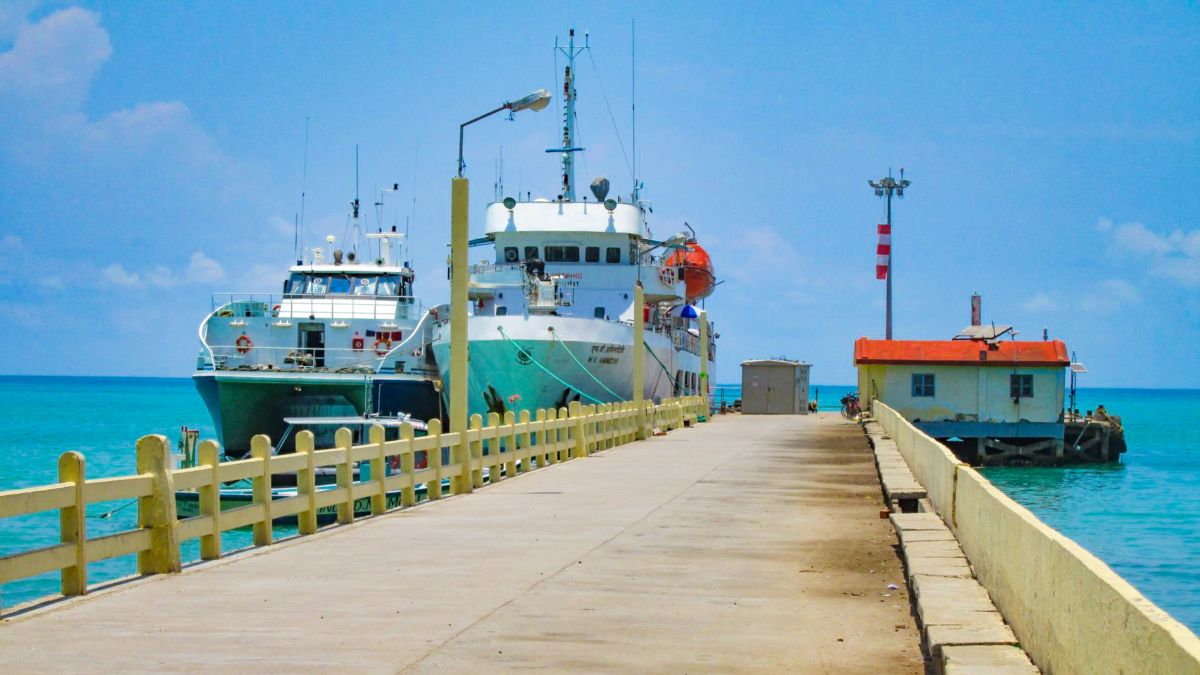
Exploring Lakshadweep’s Tourist Attractions
Agatti Island: Home to one of the few airports in Lakshadweep, Agatti is renowned for its coral reefs and crystal-clear waters. Visitors can indulge in snorkeling, scuba diving, and kayaking while soaking up the serene island vibes.
Bangaram Island: An uninhabited gem surrounded by a lagoon, Bangaram is perfect for those seeking solitude. It’s a hub for water sports, especially scuba diving and deep-sea fishing.
Kavaratti Island: The administrative capital of Lakshadweep, Kavaratti boasts scenic beaches, the Ujra Mosque, and a marine aquarium. It offers a mix of cultural and natural attractions.
Kadmat Island: Known for its long sandy beaches and vibrant marine life, Kadmat is a popular spot for diving and eco-tourism. The island also features tranquil lagoons for kayaking and other water activities.
Learn more:
Minicoy Island: Famous for its unique culture, Minicoy is known for its traditional boat-building, vibrant coral reefs, and the iconic Minicoy Lighthouse offering panoramic views.
Kalpeni Island: Ideal for family vacations, Kalpeni offers safe lagoons for swimming and snorkeling. The island’s reef and coconut groves add to its picturesque charm.
Marine Wealth Awareness Program (MWAP): An educational tour highlighting the unique ecosystem of Lakshadweep’s marine biodiversity. Visitors gain insights into coral reef conservation and sustainable practices.
Scuba Diving Adventures: Lakshadweep is one of India’s premier destinations for diving, with vibrant coral reefs and exotic marine life providing an unforgettable underwater experience.
Thinnakara Island: A haven for camping and night stargazing, Thinnakara captivates with its turquoise lagoons and tranquility, offering a true Robinson Crusoe experience.
Accommodation Guide for Lakshadweep
Lakshadweep offers a range of accommodation options to suit different budgets and preferences. Here’s an overview:
Types of Accommodation
- Resorts
- Features: Luxurious amenities, beach access, water sports, restaurants.
- Popular Resorts: Bangaram Island Resort, Kadmat Beach Resort.
- Cost: ₹10,000 – ₹25,000 per night.
- Mid-Range Beachside Resorts
- Features: Comfortable amenities, close to the beach, often include dining options.
- Popular Options: Resorts on Agatti and Kavaratti Islands.
- Cost: ₹5,000 – ₹10,000 per night.
- Government Guest Houses
- Features: Basic amenities, budget-friendly.
- Popular Options: PWD Guest Houses on various islands.
- Cost: ₹2,000 – ₹5,000 per night.
- Homestays
- Features: Local experience, home-cooked meals.
- Popular Options: Various homestays across inhabited islands.
- Cost: ₹1,500 – ₹3,000 per night.
- Tented Accommodations
- Features: Eco-friendly, close to nature.
- Popular Options: Available on select islands like Thinnakara.
- Cost: ₹3,000 – ₹7,000 per night.
Additional Information
- Meal Plans: Many accommodations offer full-board or half-board options, often included in the room rate.
- Booking: It is advisable to book in advance, especially during peak tourist seasons.
- Permits: Foreign tourists require special permits to visit Lakshadweep, which can be arranged through the accommodation provider or travel agents.
Ensure to check for the latest information and reviews before making a reservation.
In this travel guide to the Lakshadweep Islands, we have discussed everything that tourists need to know before traveling to the archipelago, whether hopping between islands or planning a second visit. This article decodes many hidden attractions and provides detailed information on how to enjoy popular experiences in this tropical paradise. It also includes the most vital information on transfers between islands in Lakshadweep, their costs, routes, and timings.

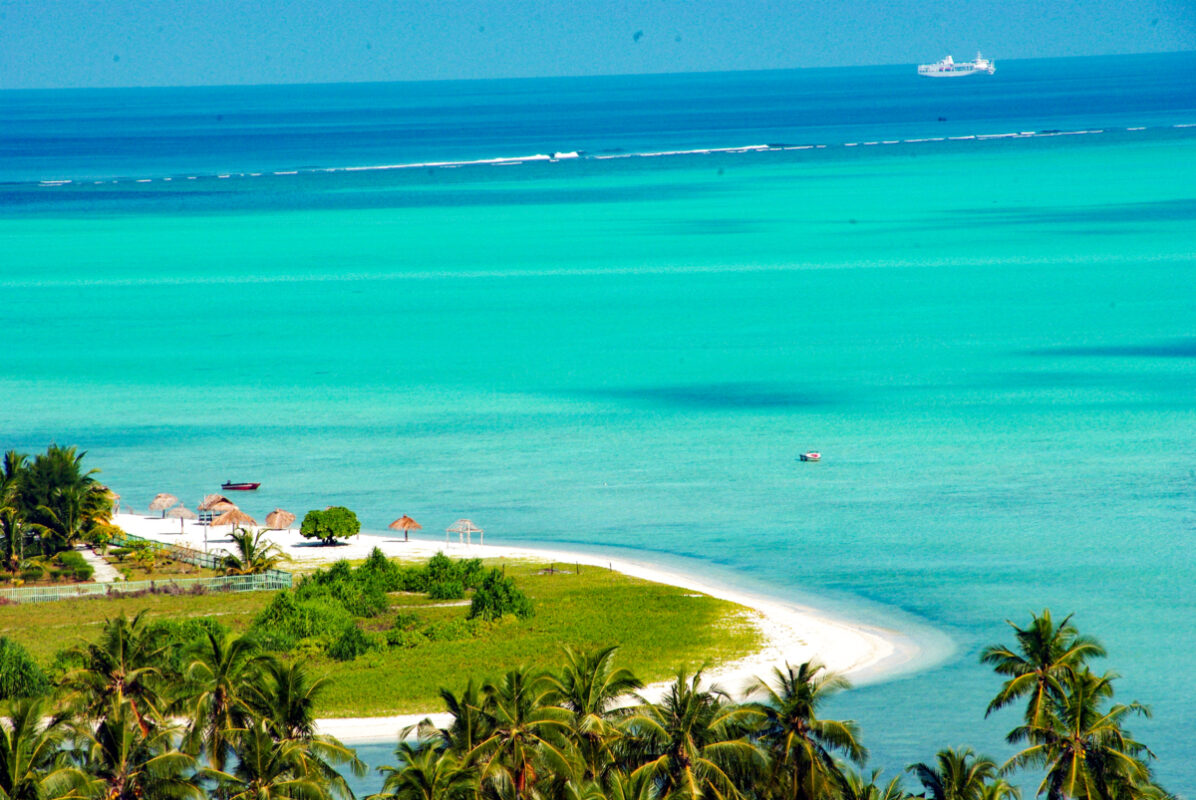
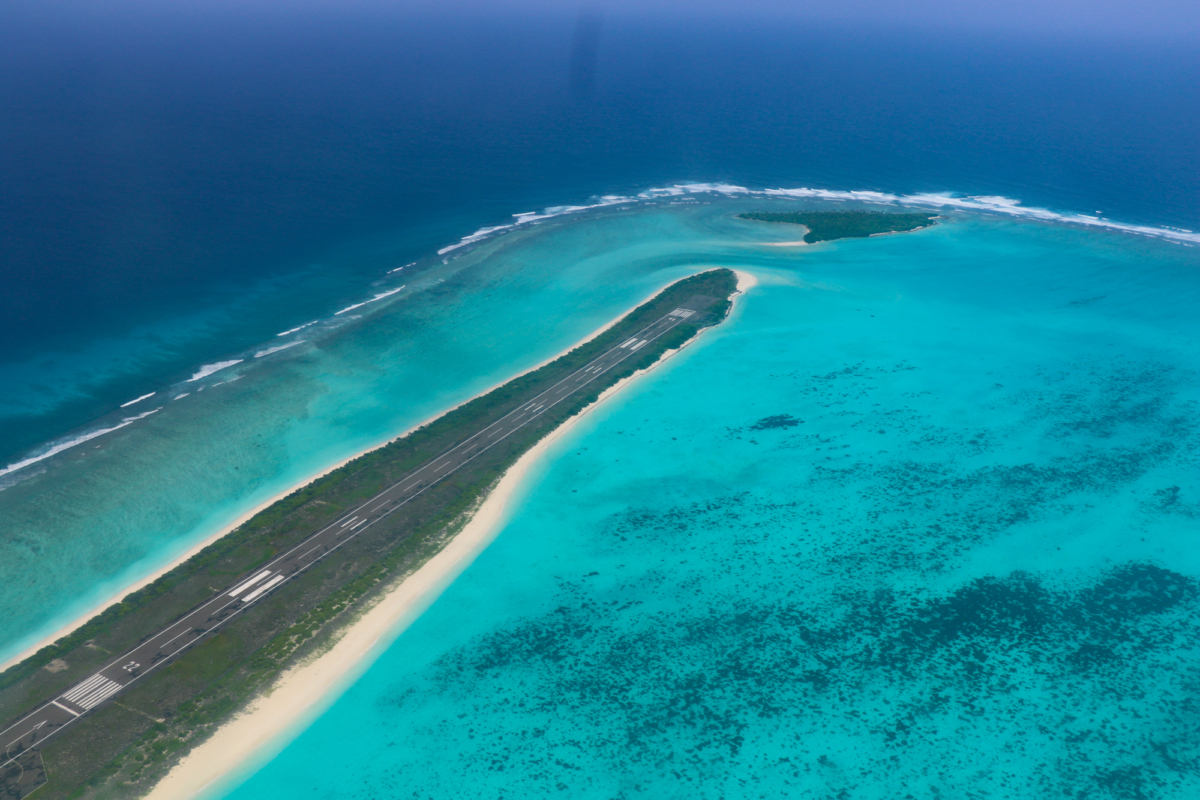
Nice blog author. Thank you. Keep it up.
Would you give content about for what purpose Lakshadweep tourism has been created?